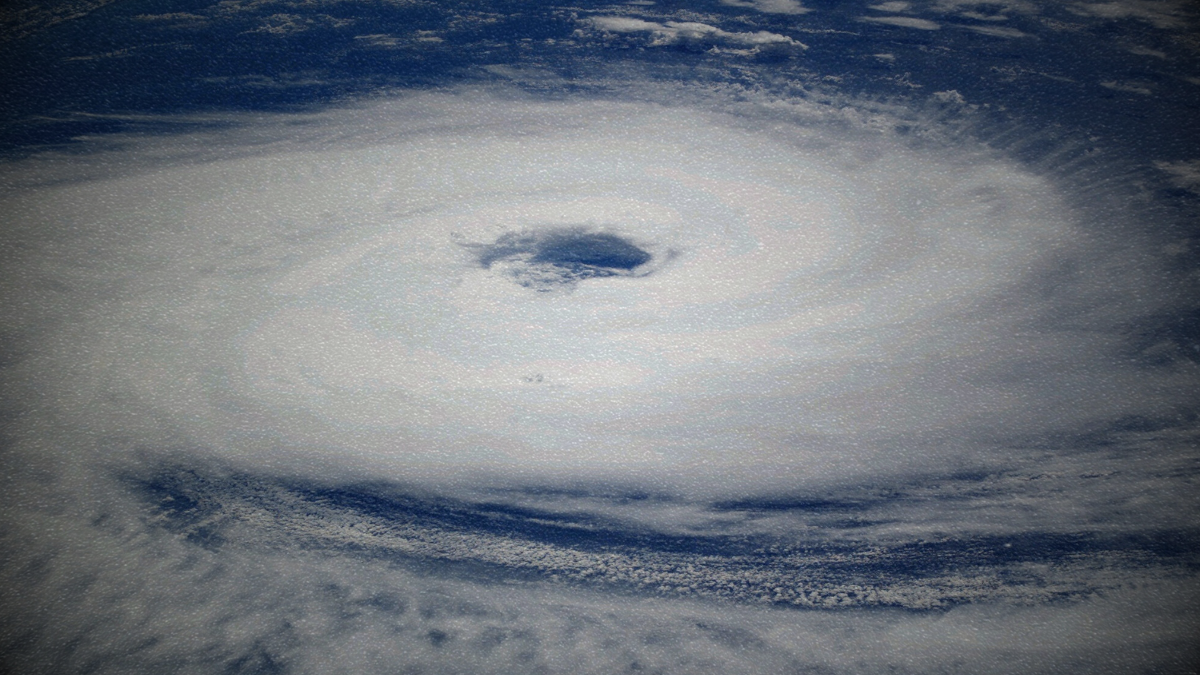Source: WRAL
Get ready for an active hurricane season.
The National Oceanic and Atmospheric Administration (NOAA) released its forecast, indicating an 85 percent likelihood of more named storms, hurricanes, and major hurricanes compared to the average season.
NOAA’s 2024 hurricane forecast is its most assertive May prediction ever, projecting:
- 17 to 25 named storms
- 8 to 13 hurricanes
- 4 to 7 major hurricanes (Category 3 or higher)
This outlook aligns with forecasts from experts at North Carolina State University and Colorado State University, issued earlier in the spring.
Average hurricane season statistics over the past 30 years show:
- 14 named storms
- 7 hurricanes
- 3 major hurricanes (Category 3 or higher)
All forecasts anticipate an above-average number of tropical storms, hurricanes, and major hurricanes, with NOAA’s forecast projecting the highest figures.
Despite the 30-year average of 14 named storms, seven of the past ten years have surpassed this number.
A record was set in 2020 with 30 named storms, 14 hurricanes, and 7 major hurricanes. Recent years have consistently seen 20 or more storms, with 21 named storms in 2021 and 20 in 2023.
The possibility of La Niña conditions in 2024, similar to those in 2020, is factored into forecasts for the Atlantic hurricane season. La Niña typically brings weaker easterly trade winds and below-average vertical wind shear, conditions favorable for tropical system organization and strengthening.
Although the east coast has been experiencing an El Niño period this spring, it is weakening. NOAA indicates a 77 percent chance of La Niña conditions developing in July, August, and September of 2024, with a rapid transition from El Niño to La Niña likely.
While not guaranteed, meteorologists suggest signs point towards a La Niña pattern for the upcoming tropical season.
Combined with record-warm temperatures across much of the Atlantic Ocean and the impending summer heat, conditions are ripe for strong and organized storms.
As the Atlantic hurricane season officially begins on June 1 and extends through November, it’s essential for residents of North Carolina, from the coast to the mountains, to take precautions.
Preparing your home and family for hurricane season is crucial. Here are some steps to consider:
- Hurricane-proof your North Carolina home: Take essential measures to weather the storm.
- Inland homes are also at risk: Prepare for high winds and flooding during hurricane season.
- Create a family emergency plan: Ensure readiness when severe weather strikes.
- Stay informed: Know what to do when a hurricane is approaching.
Be safe and aware this hurricane season. Read more from WRAL here.





